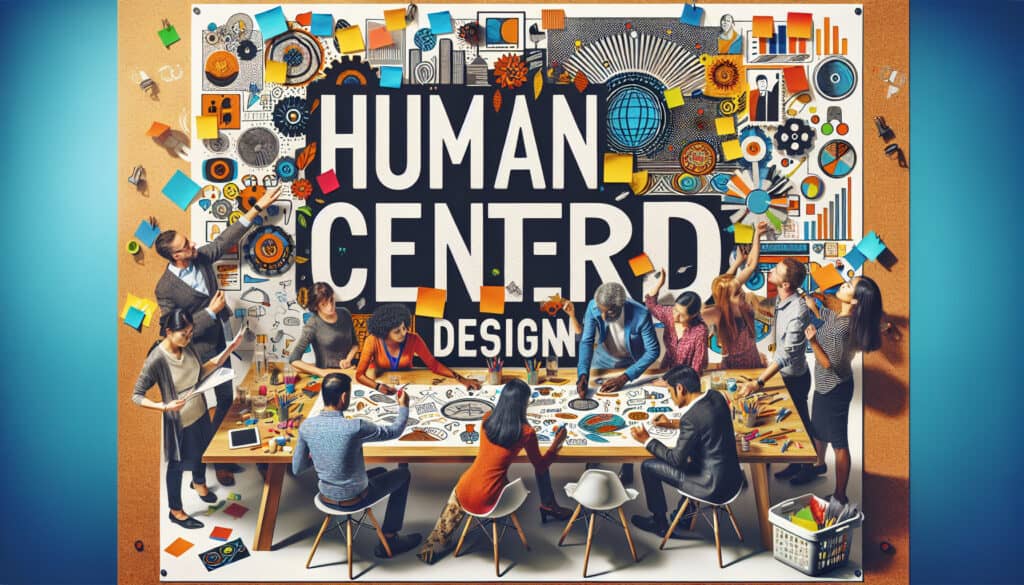To create products and services that are desirable, feasible, and viable by focusing on the needs of the user.
- 方法: 项目管理
Human-Centered Design

Human-Centered Design
- 设计思维, Human-Centered Design, 构思, 交互设计, 原型设计, 可用性, 可用性测试, 用户体验(UX), 用户界面(UI)
目标
如何使用
- An iterative design process that starts with understanding the needs of the user and then develops solutions to meet those needs. It involves empathy, ideation, prototyping, and testing to create products that are not only functional but also enjoyable to use.
优点
- Leads to more successful and user-friendly products; Fosters empathy and a deep understanding of the user.
缺点
- Can be time-consuming and require a significant amount of user research; May be difficult to balance user needs with business goals.
类别
- 构思, 产品设计
最适合:
- Developing innovative products and services that truly meet the needs of the target audience.
Human-Centered Design is frequently utilized across various industries, including consumer electronics, automotive, healthcare, and educational tools, as it actively engages end-users throughout the design process. Its application is particularly valuable during the early phases of product development, where user research and contextual inquiries reveal specific challenges that users face, allowing designers to understand user pain points and aspirations. Participants in this methodology typically include cross-functional teams composed of designers, engineers, product managers, and end-users, fostering collaboration that enriches the ideation stage with diverse perspectives. This iterative cycle of prototyping and testing emphasizes feedback collection at multiple stages, ensuring that the solutions not only address user needs effectively but also provide a smooth and gratifying experience. Industries such as healthcare have adopted Human-Centered Design to create medical devices that enhance patient usability, while tech companies use it to develop intuitive software interfaces. The encouragement of iterative testing can lead to innovations that are both tailored and relevant, providing a competitive advantage to organizations committed to placing users at the forefront of their development processes. Engaging with stakeholders and users during this exploration enables the identification of unforeseen opportunities for innovation, ultimately refining products and services that resonate well with intended audiences.
该方法的关键步骤
- Conduct user research to understand needs and pain points.
- Define the core problems to address based on user findings.
- Ideate multiple concepts that address the defined problems.
- Create low-fidelity prototypes to visualize concepts.
- Test prototypes with users to gather feedback and observe usage.
- Refine solutions based on user feedback and testing results.
- Develop high-fidelity prototypes for advanced testing.
- Conduct further tests to validate final design with users.
- Implement design revisions before production.
- Iterate the design process as needed based on ongoing user feedback.
专业提示
- Utilize immersive techniques like shadowing or diary studies to uncover hidden user pain points and motivations.
- Employ co-creation workshops that 从事 users and stakeholders in the design process, enhancing idea generation and validation.
- Implement rapid iteration cycles with integrated feedback loops to refine prototypes and elevate user interaction quality based on direct input.
历史背景
1986
(如果日期不详或不相关,例如 "流体力学",则对其显著出现的时间作了四舍五入的估计)。

相关文章
肌肉骨骼不适调查表
多变量测试(MVT)
多元回归分析
动作捕捉系统
MoSCoW 方法
情绪中值测试